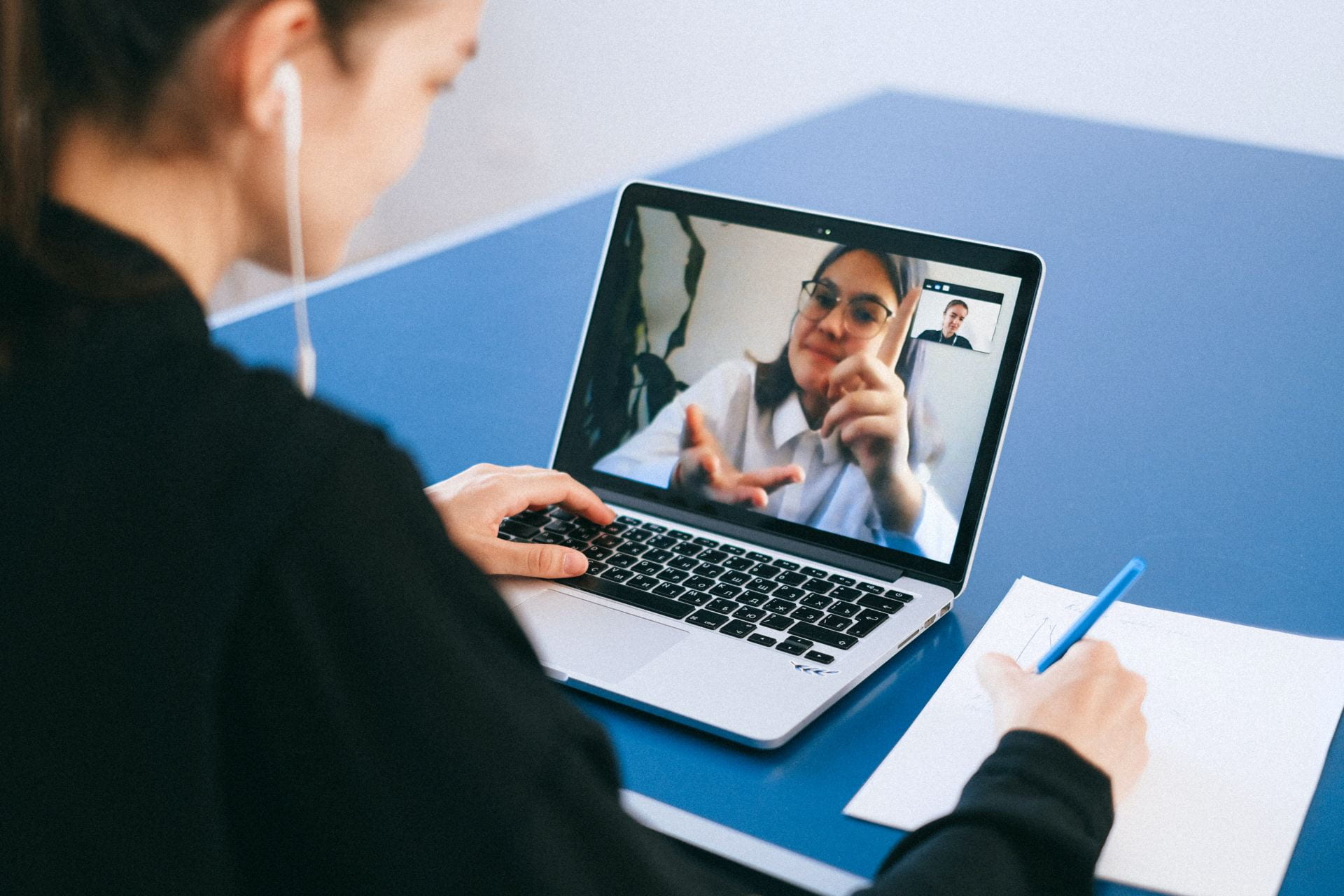Entering college or university is a thrilling journey filled with the promise of growth and transformation. However, this transition is not always smooth for every student. Many students face a formidable challenge known as “Student Melt,” a phenomenon where the initial excitement of high school graduation can melt away when the realities of college or university life set in (Academic Partnerships, n.d.). These early struggles can often lead to academic setbacks and even a student dropping out.
But there is a proactive approach that can tackle this issue head-on. By reaching out to students well before the semester officially begins and providing continuous support throughout the crucial first week, educators can make a profound impact on the trajectory of a student’s academic journey. Educators play a pivotal role in guiding students as they construct their online learning community (Mentor Collective Staff, 2023). In this blog post, we will explore a 10-step plan designed to “Stop the Melt” and empower students for success.
A Plan to Prevent “The Melt”:
This is a comprehensive plan that focuses on ensuring students not only succeed but thrive in their academic pursuits. Each step in this plan is designed to create a supportive and engaging learning environment, setting students on a path toward achievement and personal growth. Let’s delve into these ten crucial steps that will help you foster a vibrant online learning community and empower your students for success.
Step 1: Promote a Growth Mindset
- Remind students that everyone encounters challenges on their academic journey.
- Encourage students to view challenges as opportunities for growth.
- Focus on reshaping the way students speak, act, and think about their struggles.
- Emphasize the value of the learning process, not just the end results.
- Offer students opportunities to plan and reflect on their learning experiences.
Step 2: Voice and Tone Checklist
- Consider the unique audience and adapt your approach accordingly, as each course is different.
- Provide practical tips for student success.
- Share a diverse range of examples, images, and experiences to engage and connect with students.
- Welcome and encourage suggestions and involvement from students.
- Regularly remind students about the wealth of campus resources available to them.
- Keep your communication upbeat and positive.
Step 3: Prepare Support Communications
- Craft a schedule for support communications, including weekly announcements, mid-week reminders, preparations for major assessments, and end-of-week wrap-ups. These messages help students stay informed and engaged throughout the course.
Step 4: Open Course to Students
- Ensure that the course materials and resources are accessible to students at least one week before the official start of the course. You do not need to make all pages available, but sharing your syllabus, instructor introduction, course policies, and introduction activity for students will help answer any initial questions students may have. This prompt access allows students to familiarize themselves with the course content and be better prepared.
Steps 5 and 6: Send Initial Outreach Email and Follow-up Email
- Begin with a welcoming email to introduce students to the course, set expectations, and provide an overview.
- Send follow up ’email to maintain a connection and reinforce the importance of the course.
Step 7: Course Updates and Announcements
- Keep students informed about the course schedule, expectations, and any important announcements regularly and consistently to maintain their engagement.
Step 8: Monitor Students Analytics
- Regularly track students’ progress week after week to identify those who may need additional support or outreach.
Step 9: Schedule & Host One-on-One Meetings
- Arrange one-on-one meetings with students to establish a personal connection.
- Discuss goals, identify motivations, answer any questions, and share valuable resources.
Step 10: Provide Ongoing Support
- Continuously offer support materials, such as worksheets and guidebooks, to assist students in their learning journey (Academic Partnerships, 2023b).
The 10-step plan to “Stop the Melt” is a proactive and integrated approach to empower students for success in their academic endeavors. By focusing on fostering a growth mindset, maintaining the right voice and tone in communications, and providing ongoing support, educators can help students navigate the challenges of higher education and set them on a path to achievement and personal growth.
If you would like more information about ways to increase student engagement, the SCSU Online and Distance Learning team is available. Please reach out to us via email or through Bookings. We can guide you through each of these steps.
Additional Reading:
For more information on any of the following topics, please check out our previous blog articles.
– Engaging Learners in the eLearning Classroom
– Interactive Learning Applications in the Online Classroom
– Let Students Know You Exist: Adding Teacher Presence to Your Online Course
References:
Academic Partnerships. (n.d.). Stop the Melt: Student Success Starts at Week 0 [Video]. Faculty eCommons. https://facultyecommons.com/webinars/stop-the-melt-student-success-starts-at-week-0/
Academic Partnerships. (2023a, May 31). Student Success Guide & Worksheet. Faculty eCommons. https://facultyecommons.com/student-success/
Academic Partnerships. (2023b, July 31). Faculty checklist for a successful course start. Faculty eCommons. https://facultyecommons.com/faculty-checklist-for-a-successful-course-start/
Castleman, B. L., & Page, L. C. (2014). Summer melt: Supporting low-income students through the transition to college. Harvard Education Press. https://eric.ed.gov/?id=ED568799
Mentor Collective Staff. (2023, September 12). Why reducing summer melt is a diversity, Equity & Inclusion issue. Mentor Collective. https://www.mentorcollective.org/blog/why-reducing-summer-melt-is-a-diversity-equity-inclusion-issue
Piacquadio, A. (2020). Man sitting on a green grass field [Photograph]. Pexels. https://www.pexels.com/photo/man-sitting-on-a-green-grass-field-3761504/
Shagufta Naeem is a Graduate Assistant at the Online and Distance Learning department at Saint Cloud State University. She is an ACCA Member with a bachelor’s degree in applied accounting, a CFA Charter-holder and is pursuing an MBA from SCSU. She has 8 years of work experience specific to Corporate Credit, Audit, Risk Assurance, Internal Controls, and Financial Management.



